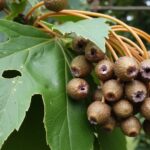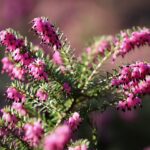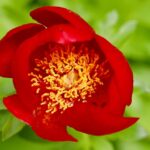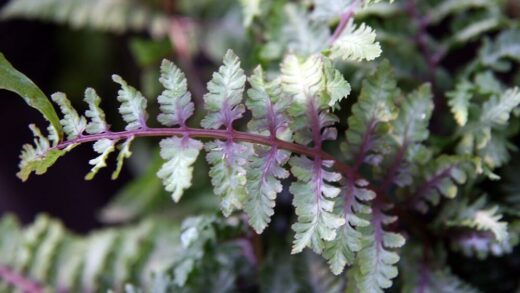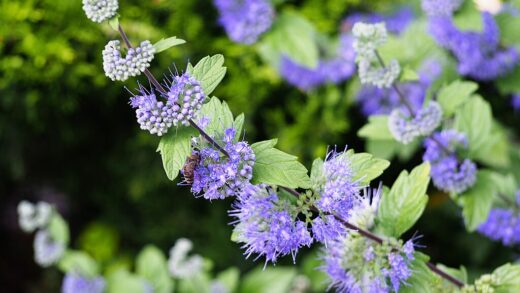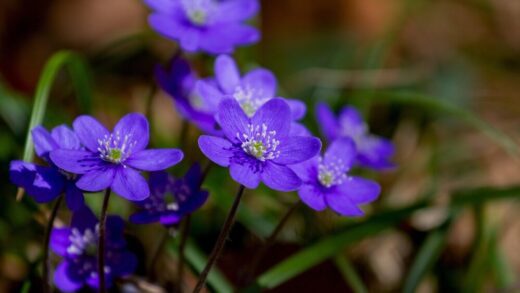The provision of adequate sunlight is one of the most fundamental and non-negotiable requirements for growing healthy, productive quince trees. Light is the primary energy source for photosynthesis, the vital process by which plants convert carbon dioxide and water into the sugars that fuel all of their growth, from the development of leaves and branches to the production of flowers and fruit. For a fruit-bearing tree like quince, the quantity and quality of light it receives directly correlate with its overall vigor, its ability to set a good crop, and the ultimate size, color, and flavor of the harvested fruit. Therefore, selecting a planting location that maximizes sun exposure is the first and most critical step towards successful quince cultivation.
Quince trees thrive in conditions of full, direct sunlight. This is generally defined as receiving a minimum of six to eight hours of unobstructed sunlight each day during the growing season. While the trees may survive in partially shaded conditions, their performance will be significantly compromised. A lack of sufficient light will result in a tree with sparse, leggy growth as it stretches in search of the sun. The foliage will be less dense, and the overall energy production of the tree will be greatly reduced, leaving it weaker and more susceptible to stress from pests and diseases.
The impact of insufficient light is most dramatically observed in the tree’s flowering and fruiting capacity. Flower bud initiation, which occurs in the summer for the following year’s crop, is heavily dependent on the tree having high energy reserves, which are a direct result of ample sunlight. A tree growing in the shade will produce far fewer flowers, and those that are produced may be of lower quality. Consequently, fruit set will be poor, and the resulting harvest will be meager, if the tree manages to produce any fruit at all.
Even if a shaded tree does manage to produce some fruit, the quality will be inferior. Sunlight is essential for the development of sugars and the complex aromatic compounds that give quince their characteristic flavor and perfume. Fruits that develop in the shade will be smaller, less flavorful, and will not achieve the beautiful golden-yellow color of a properly ripened quince. They will also be more prone to fungal diseases, as the reduced air circulation and longer periods of dampness in a shady location create a more favorable environment for pathogens.
The role of sunlight in photosynthesis
Photosynthesis is the cornerstone of a quince tree’s life, and sunlight is its essential fuel. This complex biochemical process takes place within the chloroplasts of the tree’s leaves, using light energy to convert simple inorganic molecules—carbon dioxide from the atmosphere and water from the soil—into glucose, a sugar that serves as the tree’s primary energy source. The amount of sunlight the leaves can capture directly dictates the rate of photosynthesis and, therefore, the amount of energy the tree can produce to sustain itself and grow.
A tree situated in full sun develops a dense, full canopy of leaves, maximizing its surface area for light interception. Each leaf acts as a small solar panel, working to produce energy for the entire organism. This abundance of energy fuels all aspects of the tree’s life, including the growth of a strong root system, the development of a sturdy woody framework, the production of defense compounds against pests and diseases, and, most importantly for the grower, the creation of flowers and fruit. A tree with a high photosynthetic rate is a vigorous, healthy, and productive tree.
In contrast, a quince tree that is deprived of adequate sunlight will struggle to produce enough energy to meet its basic metabolic needs. The tree will prioritize survival over reproduction, allocating its limited energy resources to vegetative growth—stretching its branches towards any available light source—at the expense of flowering and fruiting. The leaves may be larger but thinner in an attempt to capture more of the scarce light, but the overall photosynthetic output will remain low, resulting in a chronically weak and underperforming tree.
The intensity of the sunlight also plays a role. The bright, direct light of midday is more photosynthetically valuable than the diffuse light of early morning or late evening. This is why a location that is free from the shadows of buildings, tall fences, or other larger trees for the majority of the day is so crucial. The cumulative effect of receiving many hours of high-intensity sunlight each day during the growing season is what allows the quince tree to build up the substantial energy reserves needed to support a heavy crop of large, high-quality fruit.
Impact on flowering and fruit set
The process of producing fruit begins long before the blossoms open in the spring. For quince trees, the initiation of flower buds for the following year’s crop occurs during the summer months. This critical developmental process is highly energy-dependent and is strongly influenced by the amount of light the tree received during that time. A tree that is photosynthetically active and able to produce a surplus of energy due to ample sun exposure will initiate a large number of healthy flower buds, setting the stage for a bountiful bloom the next spring.
When spring arrives, these well-formed flower buds open into the large, attractive blossoms characteristic of the quince. The health and viability of these flowers are also linked to the tree’s energy status. Strong, healthy blossoms are more attractive to pollinators and are more likely to be successfully fertilized. Following pollination, the tree requires another significant input of energy to complete the process of fruit set, where the fertilized flower develops into a tiny, immature fruitlet. Inadequate light and low energy reserves can lead to a phenomenon known as poor fruit set, where many flowers fail to develop into fruit.
Furthermore, even after the initial fruit set, the tree will naturally undergo a process of fruit thinning, often called the “June drop.” During this time, the tree assesses its energy resources and the number of developing fruitlets, and it will abort those that it cannot support to maturity. A tree growing in full sun with high energy reserves will be able to carry a much larger crop through this period and on to final harvest. A shaded tree, with its limited energy budget, will drop a much higher percentage of its young fruit, as it simply cannot sustain a large crop load.
Therefore, ensuring maximum sun exposure is one of the most effective ways to guarantee a reliable and abundant harvest. It directly influences the number of flowers the tree produces, the success of pollination and fruit set, and the tree’s ability to carry that fruit to full term. Every other aspect of care, from watering to fertilizing, is ultimately aimed at supporting the photosynthetic factory in the leaves, but that factory cannot operate efficiently without its primary fuel source: sunlight.
Influence on fruit quality and ripening
The influence of sunlight on quince extends far beyond the number of fruits the tree produces; it has a profound effect on the quality of each individual fruit. The sugars that make the fruit sweet and provide the substance for its flesh are produced directly through photosynthesis. Therefore, the more sunlight the leaves and even the skin of the fruit itself are exposed to, the more sugar can be produced and accumulated in the fruit. This results in a richer, more complex flavor profile when the quince is cooked.
Sunlight is also directly responsible for the development of the fruit’s beautiful golden-yellow skin color. The pigments in the skin, including carotenoids, develop in response to light exposure. Fruits that are well-exposed to the sun will have a uniform, deep yellow color, which is a key indicator of ripeness and quality. Fruits that have been shaded by dense foliage or are on the side of the tree that receives less sun will often remain pale green or only partially yellow, and they will be of inferior eating quality.
The intense, wonderful fragrance that is a hallmark of ripe quince is also enhanced by sunlight. The volatile aromatic compounds responsible for this perfume are synthesized in greater quantities when the fruit is exposed to warm, sunny conditions. A sun-ripened quince will fill a room with its scent, a quality that is much diminished in fruit that has matured in the shade. This aromatic quality is a crucial part of the quince’s appeal and is a direct result of providing the tree with its preferred growing conditions.
Proper pruning plays a vital role in ensuring that sunlight can reach not just the outer leaves but the entire canopy, including the developing fruits. An open, well-pruned tree structure allows light to penetrate into the interior of the tree, ensuring that all the fruit ripens evenly and develops its full potential for size, color, flavor, and aroma. This is why thinning out crowded branches and removing excessive vegetative growth is such an important annual maintenance task, as it directly impacts the quality of the final harvest by managing the light environment within the tree.

